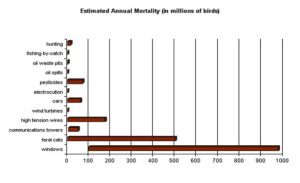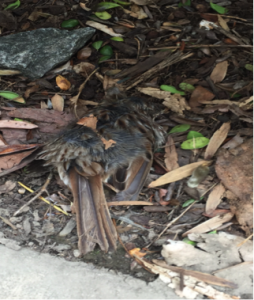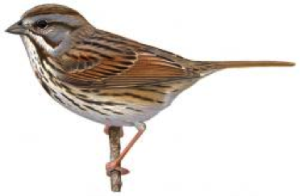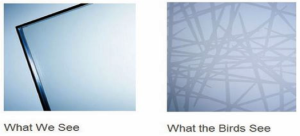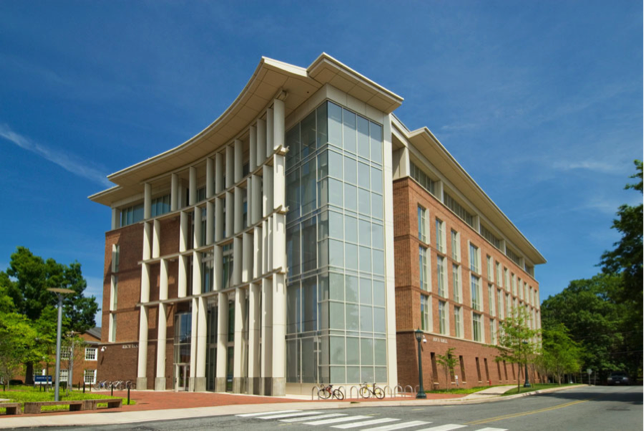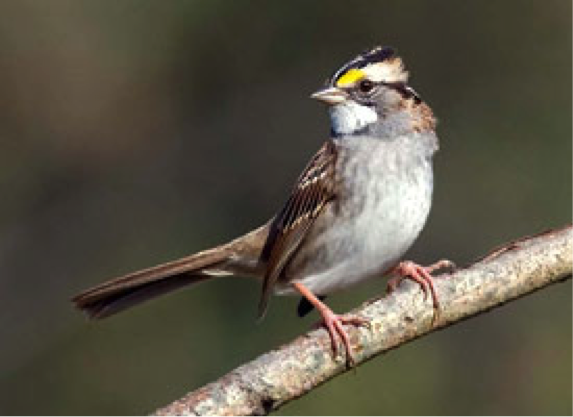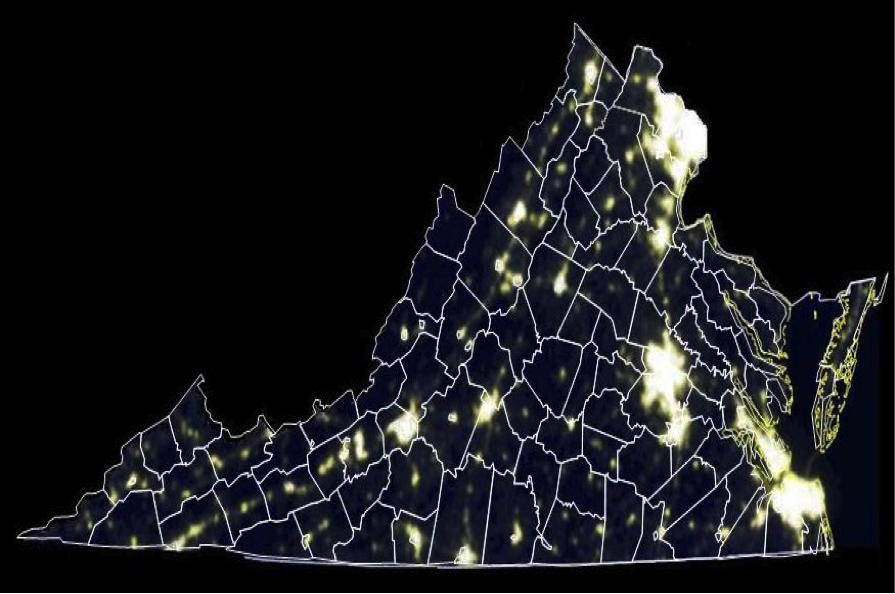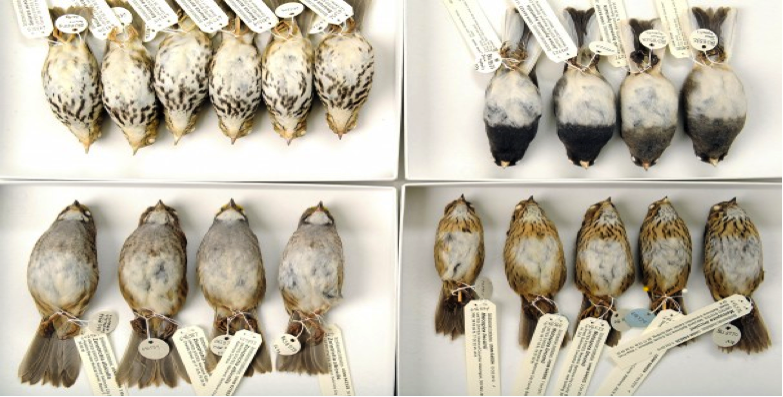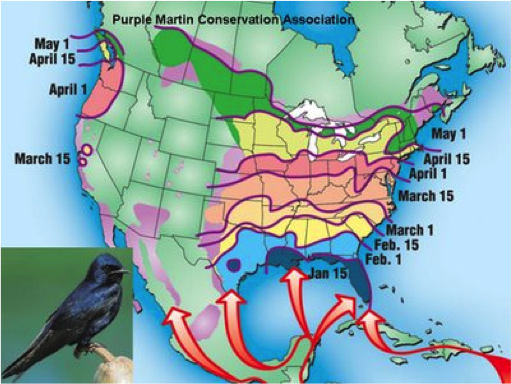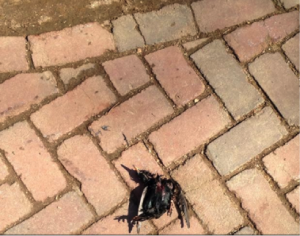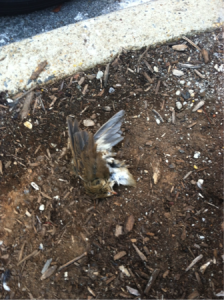Birds are an important part of nature and naturally, keep the ecosystem running. Saying this, incorporating nature into urban planning is key in keeping a happier, livelier community, thus bird mortality should be a topic that people should become aware about. There are numerous factors that contribute to bird mortality, but one thing that seems to stand out the most is collisions. In one study, there was an estimated 8 to 57 million birds killed by some type of collision. Though this is just one study, the numbers are definitely high for mortality. What is shocking is that an estimated 97-976 million birds are killed per year from window strikes and 174 million from high-tension line collisions. Furthermore, 56% of deaths are due to the occasional collisions into buildings between 4 to 11 stories high and 44% caused from collisions into buildings between 1 to 3 stories high.
There were surprisingly a good number of deceased birds found when our biogrounds group walked around grounds, specifically around New Cabell and Nau Hall. Both buildings fall into the category of small buildings between the heights of 1-11 stories high. As a group, we found four birds around New Cabell Hall and one around Nau Hall. It is interesting to see how small buildings have more fatal causes to birds than high-rise skyscrapers. The U.S. has 15.1 million low-rise buildings and only about 21,000 skyscrapers. Clearly, more harm is done to birds around communities with lower rise buildings, contrary to what most people may believe. JuHee and I found one bird under some bushed by the main entrance of Nau Hall, which was a Song Sparrow (see picture below). Nau Hall is only a four-story building and has many windows surrounding it, making it an easy target for this particular bird to crash into and die. So now the real question is how can we try to prevent or limit the number of birds that die each year?
Crashing into building glass is one of the main factors that cause bird mortality every year. As stated earlier, an estimated 97-976 million birds die every year. These beings usually collide with glass on buildings whether they are skyscrapers or windows in regular homes. A main reasoning for collisions with glass is due to the fact that birds believe that the reflection of the sky and trees is real, and therefore do not learn to move away from the glass in time before the collision happens. One of the solutions that may help to decrease the number of deaths is to incorporate the use of Ornilux glass.
This is a type of glass that is visible to birds, but not to humans. The birds are able to see the patterns on the glass because of the UV reflecting coating. According to the American Bird Conservancy, the Ornilux glass has been proved to be very effective in minimizing bird collisions with glass. Fritted glass, which also contains lines and patterns, within the glass, can also help reduce window strikes. Other solutions include attaching strips of tape on the outside of glass, or having feathers hanging outside windows.
It is crucial for everyone to understand the importance of such high bird mortality rates. This issue can negatively impact the natural flow in nature and ecosystem. Collisions with glass windows are one of the biggest reasons that disturb the bird life in our modern world. With the proven statistics of bird mortality, we can address this issue by having smarter urban planning ideas, such as using the Ornilux glass or fritted glass to prevent more collisions.
Post by Lauren Diaz-Yi and JuHee Bae
